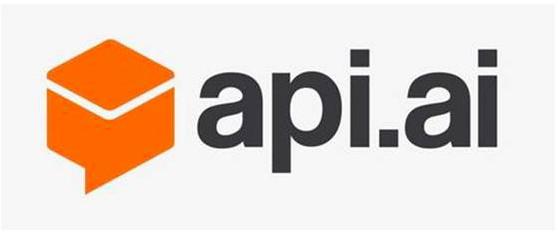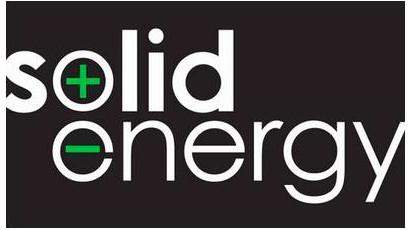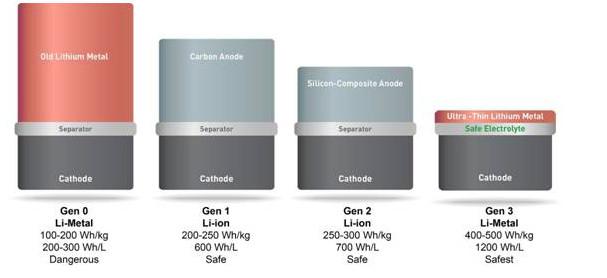Take stock of the world's leading automotive electronics technology startups to see where your competition is.
In the past five years, three IT companies from Silicon Valley, Tesla, Google and Uber, have been involved in the automotive industry, focusing on innovation in the business model of electric vehicles, driverless cars and cars.
This has injected new vitality into the automobile industry that has been developed for more than 100 years, and it has also made the top management of the major traditional car companies very nervous. The former mobile phone giant Nokia, under the attack of Apple and Google, the world's highest value-added technology giants, quickly fell into resistance in less than five years, almost losing all market share.
The precedent of the fiasco is just around the corner. The industry and the media will naturally discuss whether the auto industry will be subverted by Silicon Valley technology companies.

Figure 1 Startup companies acquired by various auto companies during 2011~2016
After the initial mistakes and panic, the traditional car giants of the world quickly acted to learn from the operation model of Silicon Valley, set up venture capital fund (VentureCapitalFund) and investment merger and acquisition fund (Merge & AcquisiTIonFund), and actively participate in the startup technology company. The VC process (shown in Figure 1) maintains sensitivity to the new technology and rational layout. Among them, GM and Ford are the big ones.
In the past six months, Ford has invested $75 million in laser radar giant Velodyne, acquired Israeli computer vision and machine learning company SAIPS, invested in machine vision company Nirenberg Neuroscience LLC, and participated in the development of high-precision 3D driverless cars. Environment Map's startup, Civil Maps, $6.6 million in seed round financing;
GM has repeatedly expressed its intention to become a "future travel service provider" this year. First, it acquired the car sharing company Sidecar Technologies at the beginning of the year, and invested Lyft 500 million US dollars. On this basis, it launched the car time-sharing service Maven, which has covered 5 cities in North America. Then it spent $1 billion to acquire Silicon Valley autopilot startup Cruise AutomaTIon, which is one of the largest acquisitions of auto companies in Silicon Valley to date. Upon completion of the acquisition, the company will continue to operate in San Francisco, maintain its independent operations, and report to Doug Parks, executive vice president of GM's Autopilot Technology and Automotive Program.
This article will focus on the analysis of four startups in the direction of intelligent networked cars and new energy vehicles:
1. Autopilot: Map Technology

Figure 2 3D map provider Civil Maps
Silicon Valley startups Civil Maps originated at the University of California at Berkeley and is dedicated to providing the world's most complex and cost-effective 3D map technology for SAE Levels 4-5. According to company CEO Sravan Puttagunta, "Autonomous vehicles require a totally new kind of map." Civil Maps received $6.6 million in seed round financing in July 2016, the investor Including SAIC, Ford, StartX Stanford and Yahoo founder Yang Zhiyuan's AME Cloud Ventures.

Figure 3 Civil Maps map technology renderings
Through artificial intelligence and car-based localization, Civil Maps fuses and converts raw 3D data from sensors (lasers, cameras, etc.) into meaningful machine-readable map information for navigation to fully automated vehicles. At the same time, since these map information requires less storage space, real-time crowdsourcing technology can be utilized to collect and update and share road data at low cost through a cellular network.
In addition, in order to alleviate the tension of passengers, AR technology is provided to allow passengers to see images seen by driverless cars. Sravan Puttagunta believes that real-time, high-precision 3D maps generated by Civil Maps' LocalizaTIon and Augmented Reality Maps Technology have higher productivity and lower cost than any other currently available map. An important competitive advantage for the company's future development. The technology was also nominated for the 2017 CES InnovaTIon Award Honoree.
2. Internet of Vehicles: V2X Technology

Figure 4 V2X technology provider Savari
Savari, a car networking startup founded in India and developing in the United States, is committed to providing software and hardware sensor solutions for the automotive front-loading market, automotive aftermarket and smart city construction. The company is headquartered in Silicon Valley and has an innovation center in Detroit. With more than 150 years of V2X R&D experience and more than 15 million miles of public testing per year, Savari is an industry leader in V2X technology.
In January 2016, Savari received A-round investment from SAIC and Delta Electronics Capital Company for a total amount of US$8 million and reached an agreement with SAIC to manufacture and sell its industry-leading V2X communication solution in Greater China and designated ASEAN countries. Program. The founder of the company, CEORavi Puvvala, has more than 20 years of experience in the telecommunications industry. He previously worked for Nokia and Qualcomm Atheros. COOPaul Sakamoto has more than 30 years of experience in the semiconductor chip industry. He previously worked for Intel Corporation and the Credence system (Credence). Systems).

Figure 5 Savari's V2X product [RoadSideUnits on the left and OnBoardUnits on the right]
Since its inception in 2008, Savari has become a major supplier of international testing platforms for networked vehicles and smart cities, including the Shanghai International Auto City National Intelligent Networked Automotive Pilot Demonstration Zone and Michigan's MCity Test Zone and Future PlanetM. It is planned to occupy more than 90% of the V2X demonstration area in the United States. Savari offers a complete set of V2X communication security technologies that enable the two-way connectivity between the networked car and other vehicles, road infrastructure, smartphones and pedestrians. Savari supports different communication modes such as DSRC and LTE-V, and can be used with multiple wireless chip manufacturers.
3. Internet of Vehicles: Human-Computer Interaction Technology

Figure 6 Human-computer interaction technology development tool provider API.ai
Silicon Valley startup API.ai was founded in 2010. The company provides a human language interaction technology development tool based on natural language dialogue. It allows programmers to easily build dialogues that support both text and speech recognition. Interface (Conversational UI). It can also be used in the development of the Human Machine Interface (HumanaMachineInterface) in the Internet of Vehicles. It is believed that this is also the case. In August 2015, SAIC provided a $3 million Series C financing for API.ai.

Figure 7 API.ai: APP and device voice interface
According to statistics from a counter on the API.ai homepage, Api.ai has processed more than 3 billion API requests to date. Based on the tool, the API.ai powers Assistant currently supports 15 languages ​​and dialects including English, French, German, Chinese, and Spanish. It has more than 24 million registered users and the highest user ratings worldwide.
On September 19, 2016, Google announced the acquisition of API.ai, a startup company that provides chat bot development tools. Scott Huffman, vice president of engineering at Google, said: "There are currently more than 60,000 developers using API.ai to build conversational interfaces, including communications software such as Slack, Facebook Messenger and Kik." The acquisition will help Google in nature. Google Home, Google Assistant and Amazon's Echo and Microsoft's Cortana compete in language processing and understanding.
4. Electric Vehicle: Lithium Battery Technology

Figure 8 SolidEnergy Systems, a new generation of anodeless lithium battery technology provider
SolidEnergy Systems, a materials technology startup based in Massachusetts, USA, originated from the Massachusetts Institute of Technology Energy Lab and is dedicated to the development and industrialization of a new generation of cathodeless lithium batteries. In January 2016, the company received $12 million in Series B financing from SAIC, General Motors, and Applied Materials. Hu Qichao, founder and CEO of the company, believes that “these investments will help us build an ecosystem without negative batteries: Applied Materials is our upstream supplier of key materials, and GM and Shanghai Automotive are the largest automotive companies in the US and China. It helps us to promote our anodeless lithium battery in the field of electric vehicles."

Figure 9 Lithium battery structure development process (the right is SolidEnergy technology)
Founded in 2012, SolidEnergy Systems introduced a revolutionary “anode-free†lithium metal battery in 2014. SolidEnergy Systems' dual-material platform, dual-layer electrolyte and ultra-thin lithium metal anode provide convertible energy density and safety for all rechargeable lithium batteries and can be seamlessly integrated into existing lithium-ion capacity. The final application scenarios include drones, wearables, smartphones and electric cars.
CEO Hu Qichao said that SolidEnergy Systems is currently working on the production of UAV batteries. It plans to start production of batteries for mobile phones and consumer electronics products in 2017, and to produce electric vehicle batteries in large quantities in 2018.
The wire harness simplifies the building of these larger components by integrating the wiring into a single unit, or several units, for [drop-in" installation. By binding the many wires, cables, and subassemblies into a harness, the OEM or installer only has one component to install. In addition, a wire harness allows the completed assembly to be better secured against the effects of abrasion and vibration, and by constricting the wires into a non-flexing bundle, usage of space is optimized.
Game Machine Wire Assembly, wire harness for gaming machine, electrical wire assembly, gaming wire harnesses
ETOP WIREHARNESS LIMITED , https://www.wireharness-assembling.com